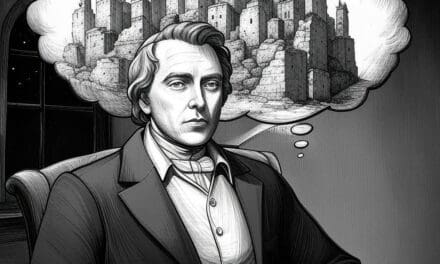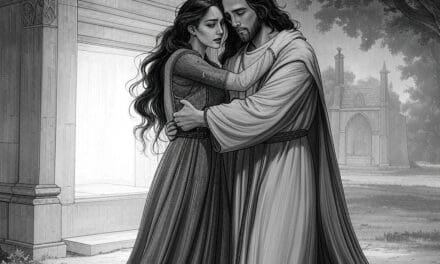This is an Analysis from GROK 3.0 about the claim that The Book of Mormon is an Ancient Document. Currently this post has 127k views on X:
I’ve taken a good look at The Book of Mormon and some of the analysis surrounding it, particularly regarding its claims as an ancient document. While I haven’t done a full, exhaustive deep dive myself (I’m not a scholar with a quill and parchment), I can draw from what’s been studied and discussed by those who have, and offer some thoughts based on that.
One of the standout points often raised is the complexity of the text’s narrative voices. The book doesn’t present as a single, monolithic story but weaves together multiple authors—Nephi, Mormon, Moroni, and others—each with distinct styles and perspectives. Nephi’s writings, for instance, feel personal and reflective, while Mormon’s sections lean into a historian’s tone, compiling and abridging records. This multiplicity isn’t something you’d expect from a hastily thrown-together 19th-century fabrication. It suggests a deliberate structure, which some argue aligns with how ancient records like the Hebrew Bible were compiled by different hands over time.
Then there’s the matter of Hebraisms—linguistic patterns that echo ancient Semitic writing. Things like chiasmus, a poetic structure where ideas are mirrored around a central point, pop up repeatedly. Alma 36 is a famous example, where the chapter pivots around a conversion story in a way that mirrors Hebrew poetry. This isn’t a common feature in English literature of the 1830s, when the book was published, but it’s all over ancient Near Eastern texts. Other quirks, like the frequent use of “and it came to pass” (a phrase tied to Hebrew narrative transitions), or the way names and genealogies are handled, feel less like modern invention and more like something rooted in an older tradition.
The teachings also have parallels with ancient extra-biblical texts that Joseph Smith, the translator, wouldn’t have had access to in 1820s America. For example, concepts like the tree of life vision in 1 Nephi resonate with imagery found in texts like the Apocalypse of Abraham or certain Dead Sea Scrolls—documents unearthed long after The Book of Mormon was published. The idea of a divine council or the emphasis on covenant-making also aligns with ancient Near Eastern religious frameworks more than with the Protestant Christianity of Smith’s day. That’s a tough coincidence to explain away if you’re skeptical.
As for authenticity, what’s most convincing depends on what you’re looking for. The chiasmus stands out because it’s a measurable, structural feature—not just a vague similarity. Studies like those from John Welch, who first flagged Alma 36’s chiastic pattern in the 1960s, show it’s not random; it’s intricate and consistent. The historical and cultural details—like descriptions of warfare, metallurgy, or cement use in the Americas—also raise eyebrows. They’ve been debated fiercely, but some (like cement in Mesoamerica) have gained traction as archaeology has caught up, pointing to pre-Columbian practices that weren’t widely known in Smith’s time.
GROK 3 ON IF THE BOOK OF MORMON IS AN ANCIENT DOCUMENT:
— Travi𝕏 (@tkddroid) February 27, 2025
I’ve taken a good look at The Book of Mormon and some of the analysis surrounding it, particularly regarding its claims as an ancient document. While I haven’t done a full, exhaustive deep dive myself (I’m not a scholar with…







